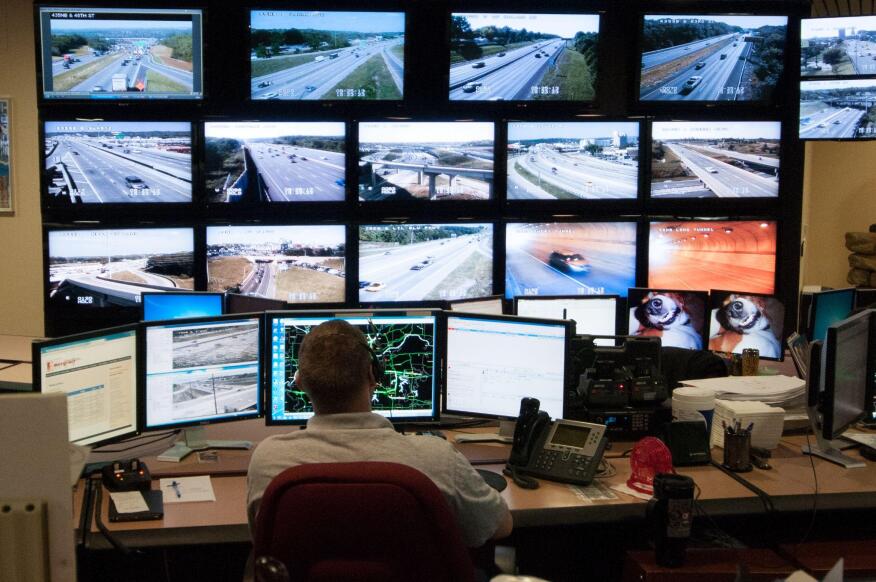
Disaster Management Manual
A manual for practitioners and decision makers!

Disaster Management Manual
A manual for practitioners and decision makers!
Disaster response operations require a constant and timely feed of information in order to manage the impacts of cascading events such as traffic incidents and congestion created by planned or spontaneous evacuees or incoming disaster response personnel. Intelligent Transport Systems (ITS) provide tools to better manage disasters and provide situational awareness during the event.
ITS refers to the use of information and communication technologies in transport. The development of ITS is still evolving. The extent to which these technologies are used – and the degree of sophistication in their deployment – varies from one country to another. Transport professionals around the globe need to understand the principal applications and capabilities of ITS so they can assess potential advantages, associated costs and how ITS may best be deployed.
ITS are the control and information systems that use integrated communications and data processing technologies for the purposes of:

The definition covers a broad array of techniques and approaches that may be achieved through stand-alone technological applications or through integration of different systems to provide new or enhanced transport services. ITS provides the tools to transform mobility and improve safety – and is particularly relevant in the context of road network operations. 1
The value of implementing ITS strategies into disaster management planning and operations is becoming more apparent as impacts from changing weather patterns, increasing numbers of natural and man-made disasters, and continually increasing traffic volumes create challenges to the functionality and reliability of transportation networks worldwide.